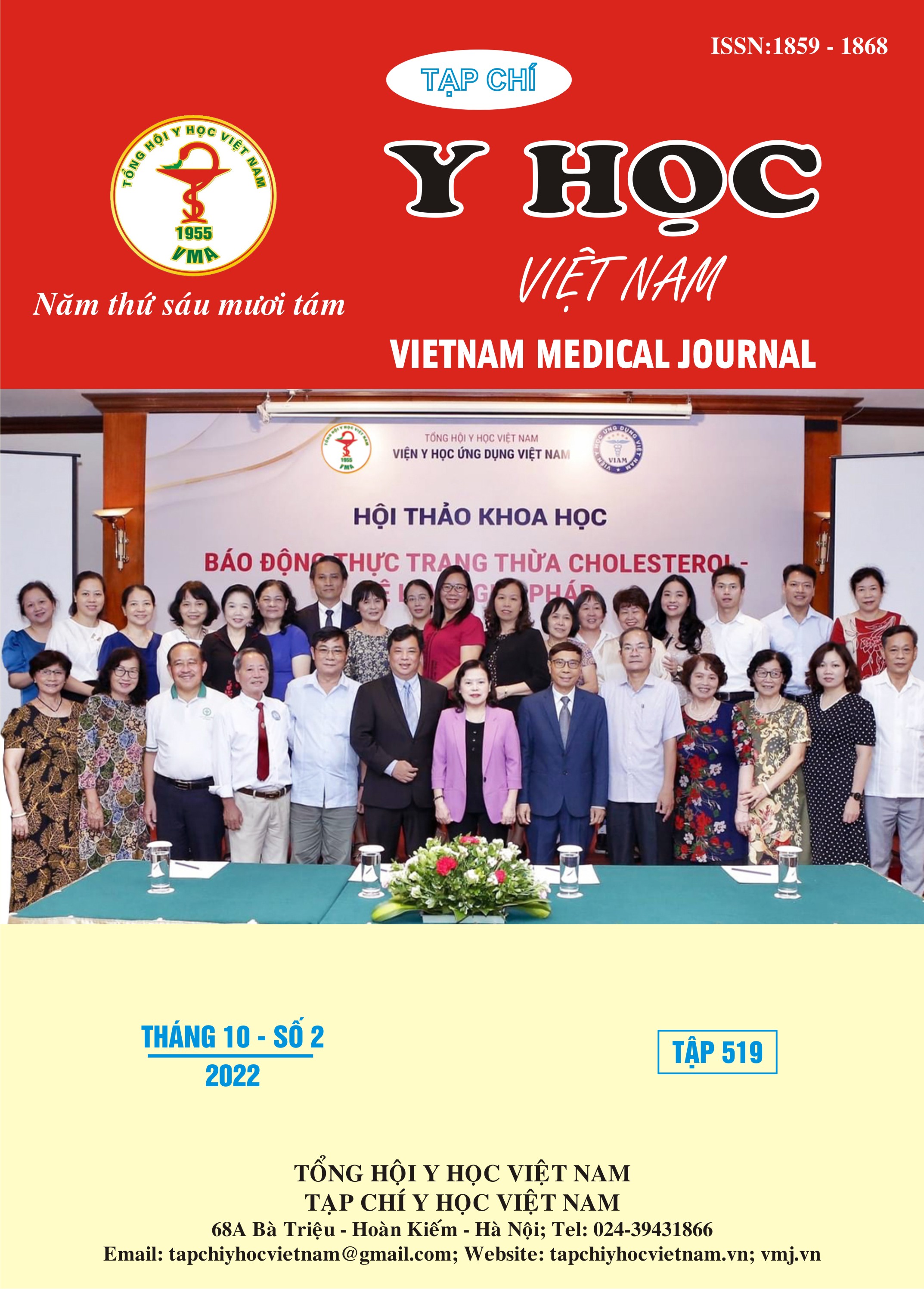COST-EFFECTIVENESS ANALYSIS OF ESOMEPRAZOLE FOR PREVENTING REBLEEDING PEPTIC ULCER IN PATIENTS AFTER ENDOSCOPY TREATMENT IN VIETNAM
Main Article Content
Abstract
Background: Gastrointestinal bleeding due to peptic ulcer is a common cause of hospitalization. The use of proton pump inhibitors can improve re-bleeding and mortality rates for these patients after performing endoscopic hemostasis. This study aimed to analyze the cost-effectiveness of high-dose intravenous esomeprazole in patients with peptic ulcer disease undergoing endoscopic hemostasis. Methodology: The study used a decision tree model to compare the cost-effectiveness of high-dose intravenous esomeprazole and pantoprazole to prevent rebleeding in patients. The duration of drug treatment from the time of successful endoscopic intervention is 30 days. Data are taken from a systematic review of documents based on databases. The model's evaluation time horizon is one year. Results: Esomeprazole had better clinical efficacy than pantorazole in the treatment of prevention of gastrointestinal re-bleeding due to peptic ulcer. From the health insurance point of view, the ICER value is 57,251,180 VND per QALY achieved, lower than the threshold of one time Vietnam's GDP per capita in 2021. Results of one-way sensitivity analysis and probabilistic sensitivity, all confirmed that in most cases, using esomeprazole is cost-effective compared to pantoprazole. Conclusion: Esomeprazole is cost-effective within the Vietnamese willingness-to-pay threshold and has better clinical efficacy than pantoprazole in reducing the likelihood of gastrointestinal re-bleeding and patient mortality. Research is limited as the input data are based on literature reviews.
Article Details
Keywords
Esomeprazole, Peptic ulcer, cost-utility analysis, ICER, QALY
References
2. Spiegel BM, Ofman JJ, Woods K, Vakil NB. Minimizing recurrent peptic ulcer hemorrhage after endoscopic hemostasis: the cost-effectiveness of competing strategies. Am J Gastroenterol. 2003;98(1):86-97.
3. Fujishiro M, Iguchi M, Kakushima N, et al. Guidelines for endoscopic management of non-variceal upper gastrointestinal bleeding. Dig Endosc. 2016;28(4):363-378.
4. Sung JJ, Barkun A, Kuipers EJ, et al. Intravenous esomeprazole for prevention of recurrent peptic ulcer bleeding: a randomized trial. Ann Intern Med. 2009;150(7):455-464.
5. Zargar SA, Javid G, Khan BA, et al. Pantoprazole infusion as adjuvant therapy to endoscopic treatment in patients with peptic ulcer bleeding: prospective randomized controlled trial. J Gastroenterol Hepatol. 2006;21(4):716-721.
6. Leontiadis GI, Sreedharan A, Dorward S, et al. Systematic reviews of the clinical effectiveness and cost-effectiveness of proton pump inhibitors in acute upper gastrointestinal bleeding. Health Technol Assess. 2007;11(51):iii-iv, 1-164.
7. John Borrill SE, J Gray. Cost-effectiveness of high-dose intravenous proton pump inhibitors (iv ppi) for the prevention of gastric or duodenal ulcer rebleeding after therapeutic endoscopy. Value in Health. 2009;12(7).
8. Wilder-Smith CH, Rohss K, Bondarov P, Hallerback B, Svedberg LE, Ahlbom H. Esomeprazole 40 mg i.v. provides faster and more effective intragastric acid control than pantoprazole 40 mg i.v.: results of a randomized study. Aliment Pharmacol Ther. 2004;20(10):1099-1104.


